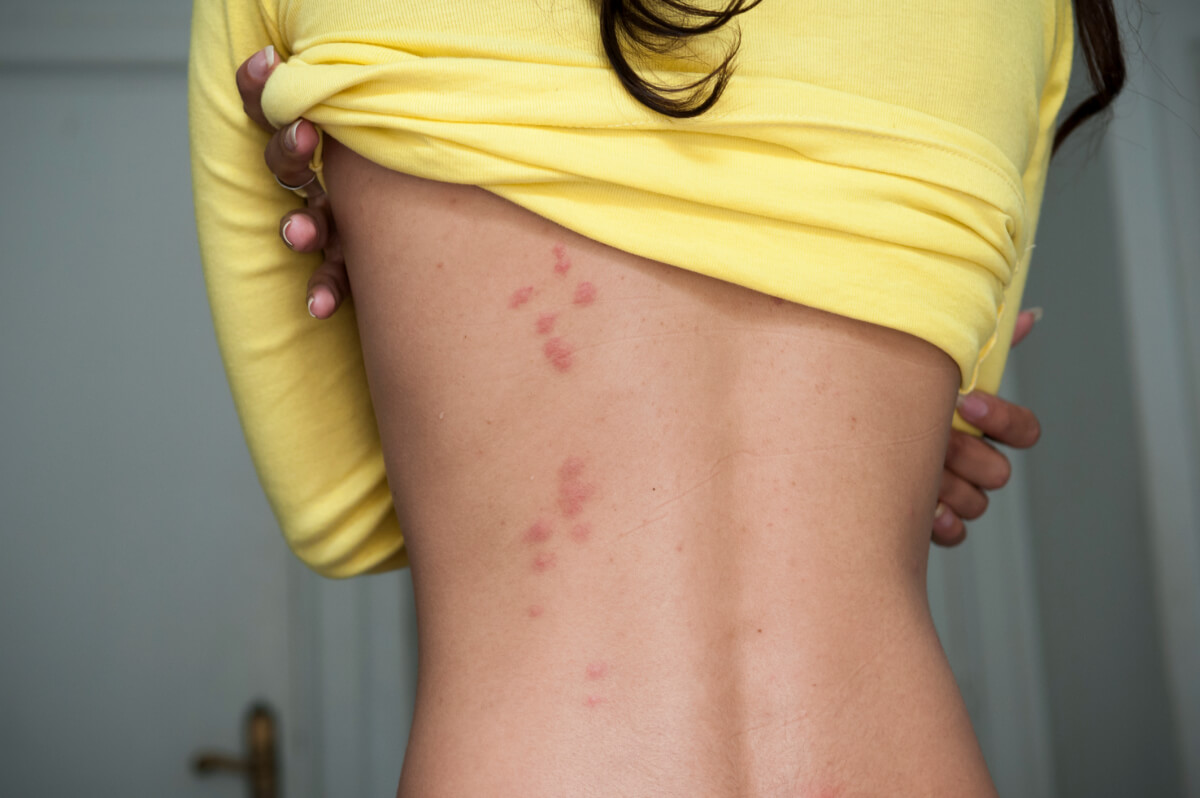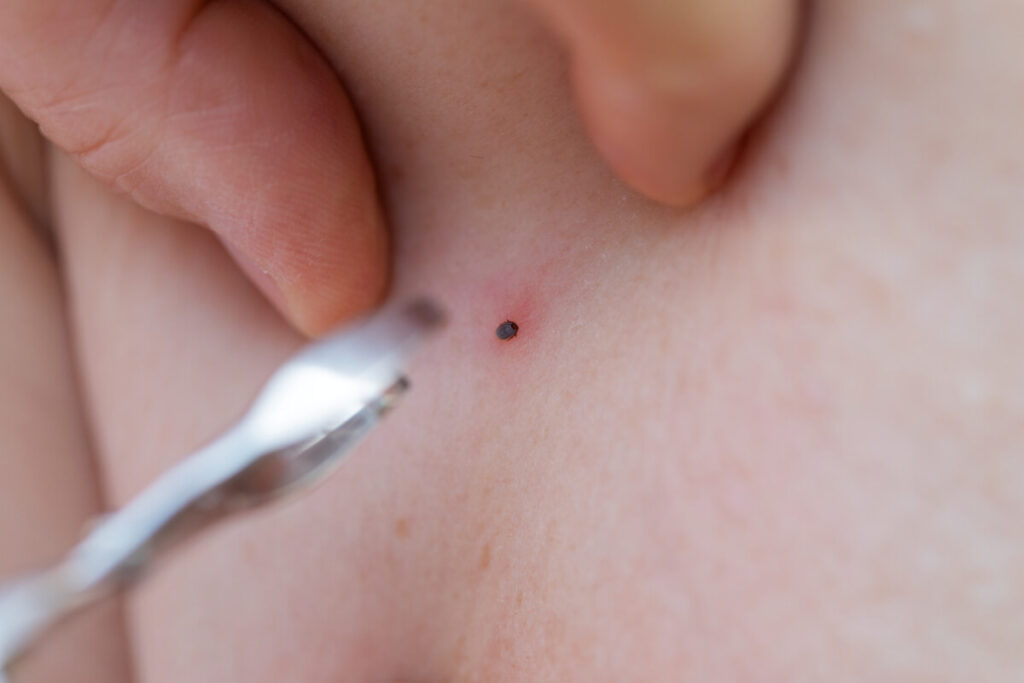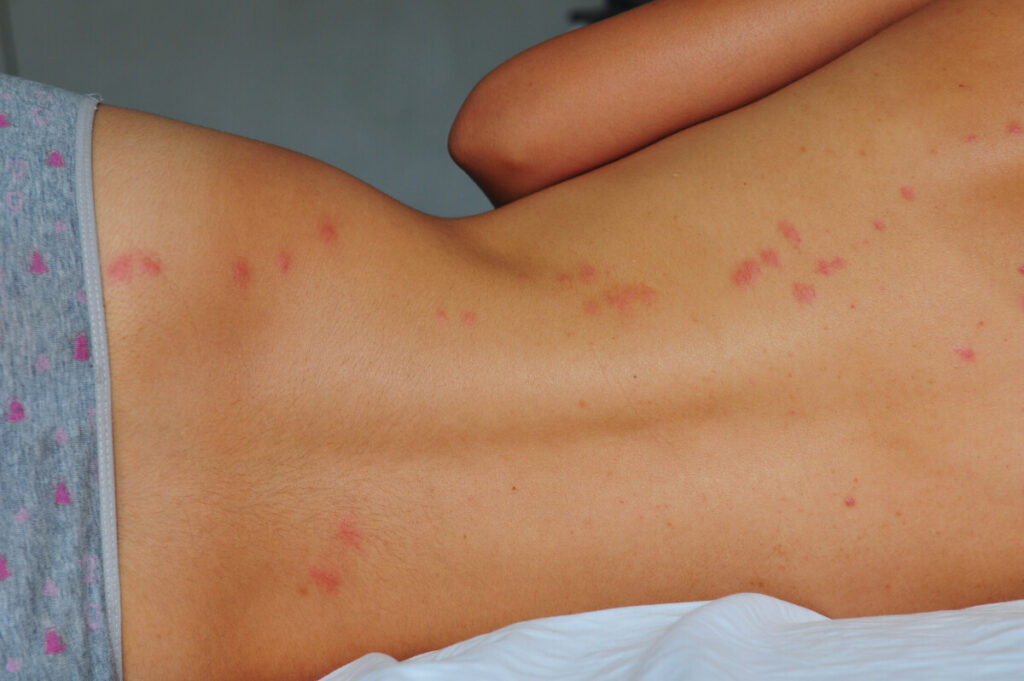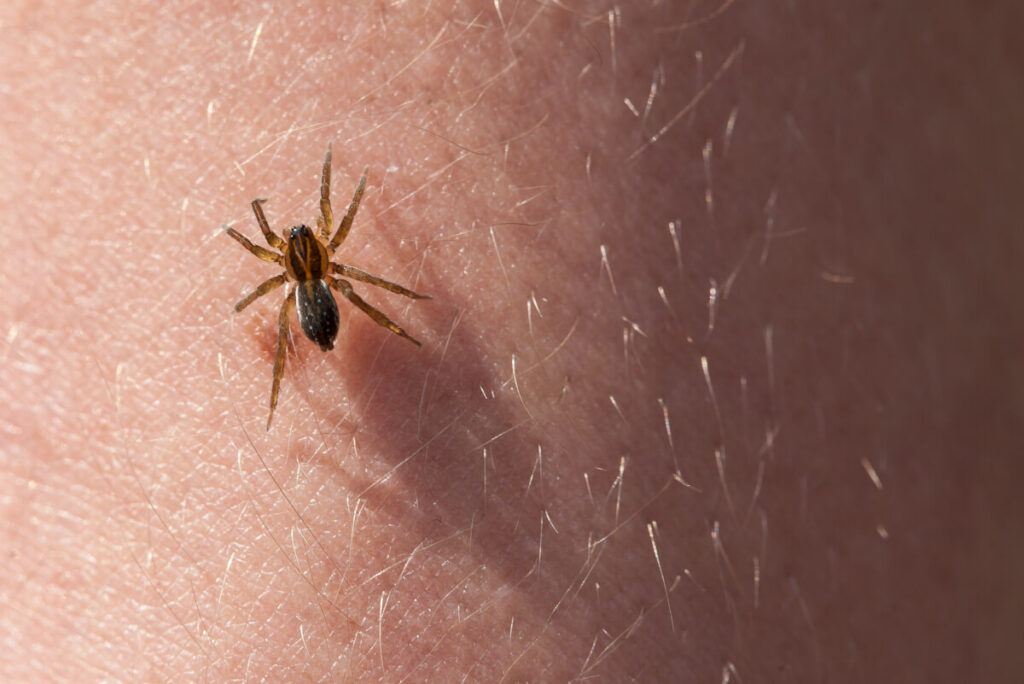
Plenty of homes are susceptible to pests. You may not know it, but there could be a number of pests inhabiting your home, but you don’t notice it until you see it or until you see signs and symptoms that can negatively affect your household. For instance, take flea bites, bed bugs, and spider bites.
So how do you tell the difference between flea bites, bed bugs, and spider bites? All three look slightly similar and leave sensitive red spots on your skin, but factors like clustering, the number of bites, and risks of infection are good indicators. So, before you can properly address the pests in your home, you need to first know what you’re dealing with. Here’s what you should know about flea bites, bed bug bites, and. spider bites, including ways to treat and prevent them from recurring.
Flea bites, bed bugs, and spider bites may sound similar in the sense that they leave red, sensitive, and irritated spots on your skin. However, this is usually where their similarities end. How these bites end up on your body and biting your skin can vary, so it’s important to treat them accordingly.

Fleas feed on blood, so they require a live host to survive. If you have pets, there’s a high chance that you’ve gotten flea bites because of them. Fleas cannot fly, but transfer from one host to another by jumping. Once they make their way to your body, they begin biting to feed on blood, resulting in visible flea bites.
Fleas often hide within skin folds, so you’ll find these bites on areas like your feet, ankles, lower legs, armpits, elbows, and knees. They also feed whenever they get a chance, so you’re likely to develop many bites over time. Flea bites are small red bumps formed in clusters or lines, so it might be difficult to differentiate them from bed bugs, which are similar. These bites can be very itchy.
Fleas can feel harmless, but left untreated, they can lead to skin infections. Flea bites can result in blisters, which can break naturally or through scratching because of its itchiness. The broken skin may be susceptible to secondary infection. Some types of fleas can burrow into your skin and cause dark spots and signs of infection.
If you have an allergy to fleas, you may develop hives or a rash. Some fleas may also be infected and can transmit diseases like typhus.
Avoid scratching your flea bites to reduce the risk of infection. You can buy topical creams that can relieve itching. Otherwise, flea bites rarely require treatment. Simply taking a shower (avoid hot water, since this will further irritate your skin) and washing the bite area can reduce the risk of infection. Those with flea allergies can take antihistamines to reduce the effects of an allergic reaction.
Flea bites can go away on their own within a few weeks. In some cases, people may experience swelling, pain, and fever from skin infection. Your doctor may prescribe antibiotics to treat these effects.
If you have pets, check your pet and see if they have fleas. You can tell they might have fleas if they tend to scratch more often than usual. Use a flea collar or bathe your pet regularly in anti-flea soap or medication. If they go outdoors, mow your lawn often to prevent them picking up fleas and other pests. Doing this can prevent a flea infestation inside your home.
Fleas can survive certain environments before moving on to their host. Your floors are particularly susceptible to fleas, so always make sure to sweep and vacuum your floors. If you have carpet flooring, have them steam cleaned at least once every six months.

Unlike fleas that prefer furry hosts, bed bugs tend to feed on human blood. They cannot jump like fleas, so they’re limited to turning your bed into a feeding ground. While fleas bite whenever they can, bed bugs feed every three days or so and often prey at night when you’re asleep.
You can pick up bed bugs in a number of ways, from visiting a friend’s house to spending a night in a hotel infested with bugs. It might be possible that these bugs transferred from these places and ended up on your body, which you then brought home. You can tell your bed has a bed bug infestation if you see bugs or their shells or feces on your bed.
Bed bug bites appear in red bumps formed in a straight line of three to four bites, as bed bugs form patterns when they feed. Bed bug bites may or may not cause itchy bumps, but they can start to feel hard to the touch.
While fleas tend to bite under your skin folds and your lower body, bed bugs bite at your upper body, particularly your face, neck, arms, and hands. This is because they’re attracted to your body heat, especially close to your nose because of the carbon dioxide when you exhale.
Although uncomfortable, bed bite bugs have a lower risk of transmitting diseases compared to fleas. However, it might be possible to develop an allergic reaction to bedbugs. It’s also possible to develop a secondary infection, especially if you tend to scratch at your bites.
Bed bug bites should disappear on their own after two weeks. During this time, you can use an anti-itch cream or antihistamine to prevent scratching or symptoms of an allergy. However, unless you treat your bed or any potential breeding ground in your home, you’re likely to see new bites after some time, so it’s best to prevent bed bugs from thriving.
If you experience a skin infection or hives from an allergic reaction, see a doctor. They will provide antibiotics, antihistamines, or topical steroids that can treat more moderate effects of bed bugs.
Practicing good hygiene especially with your bedsheets can reduce the chance of bed bugs turning your bed (and other furniture like sofas) into a breeding ground. Ideally, you should be changing your bedsheets and pillow cases every two weeks. If you know there are bed bugs, use hot water and a dryer to kill bed bugs.
The most common signs of bed bugs include when your bed is filled with shed dead skin cells, hair, and other organic materials that could help bed bugs and other types of pests thrive. Also, practice washing up before going to bed, as you may be carrying bed bugs you picked up from outside your home.
Bed bugs aren’t just limited to your bed. Bed bugs can also inhabit upholstered furniture like dining chairs and sofas. Keep these furniture clean by vacuuming at least once a week.

Spiders are generally harmless and feed on other insects. However, when they feel threatened, they may react by biting humans. Most common house spider bites are harmless and may only show minimal effects that can go away with time. However, there are some types of spiders with venomous bites, so it’s important to know if you’re dealing with this type of spider bite.
Unlike fleas and bed bugs, spiders only create a single bite mark. This means if you see a single red bump on your skin with two nearby punctures, this may be a spider bite. These itchy bites can be red and swollen. However, some bites can be so small and painless that you won’t notice it at all. Like other insect bites, scratching and touching the actual bite can lead to an infection if you’re not careful.
Spider bites from widow spiders and recluse spiders, however, can be much more serious. A black widow spider bite can be more painful and can spread beyond the bite area and to your abdomen and chest. Common symptoms can include severe cramping, nausea, vomiting, tremors, and sweating. The effects of black widows can last for up to three days.
Brown recluse spider bites, on the other hand, can have intense pain that can last for eight hours, on top of the fever, chills, and sharp pains throughout the other parts of the body. The bite will be initially red, but it can form a dark blue or purple ring around it with a pale center. The bite will then develop into an open sore and the skin around it will start to die.
Most spiders are venomous. However, only two species of spiders – the widow and the recluse – are particularly dangerous to humans. If you were bitten by a venomous spider falling under these species, you should seek immediate medical care.
For any other common spider, the risks are very low – even if they’re a venomous spider. When it comes to humans, a spider’s best instinct is to run or hide. In very rare cases, spiders may bite as a last resort. This is because their venom takes a while to replenish, which they need to paralyze pests that they can actually eat. So, it’s highly unlikely that they would waste their venom on humans because they risk starving to death.
In case of a spider bite from a widow or recluse spider, seek medical care immediately. If you experience any other symptoms like difficulty breathing, high fever, chills, and sweating, seek medical treatment as you might be having an allergic reaction.
Otherwise, common spider bites produce no other symptoms and fade away after some time. To avoid infection, clean the bite with warm water and soap. If there is mild pain, you can treat this with over-the-counter pain relievers or antihistamines for itching and swelling.
Spiders inhabit the dark corners of your home and hard-to-reach areas that humans can’t reach. The best way to avoid spider bites is to prevent making secluded areas in your home a good breeding ground for them. Remember to clean your house thoroughly, vacuuming in areas where spiders are likely to build spiderwebs.
If a spider lands on your skin, flick it off rather than crushing it on your skin. They’re more likely to bite you when you press on them.
To recap: flea bites are clusters usually found on your lower body underneath skin folds most likely from fleas that came from your pets. Bed bug bites are a line of bumps that usually appear on your upper body from bugs inhabiting your bed and furniture. Lastly, spider bites are singular bites that come from provoking a spider. While these three are generally harmless, there’s a risk of skin infection and allergies, so it’s best to avoid all three.
Yale Pest Control understands the best and most reliable ways to get rid of these pests, along with other insects and rodents, for homes and businesses in Connecticut. We understand how pests live, feed, and breed. This, coupled with our experience and trained professionals, ensure a clean space you can feel safe in. Call us today for a free quote.